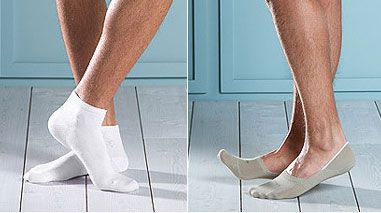 Socks are not such a prominent part of the wardrobe as trousers or a scarf. Most often we don’t even pay attention to them. However, if you make a mistake in choosing the right pair for the occasion, people around you will immediately notice it. Moreover, incorrectly selected socks cause considerable discomfort.
Socks are not such a prominent part of the wardrobe as trousers or a scarf. Most often we don’t even pay attention to them. However, if you make a mistake in choosing the right pair for the occasion, people around you will immediately notice it. Moreover, incorrectly selected socks cause considerable discomfort.
To prevent this from happening, let's try to understand the types and types of socks, find out when and with what pair it is better to wear.
Types and types of socks
The modern hosiery industry produces a large variety of models. To have a more complete idea, we will divide them into groups by category, purpose, shape and length, composition and seasonality.
Category
Depending on who the socks are intended for, they can be divided into the following categories:
- Men's (available for foot sizes from 38 to 48, most often in plain, calm colors. Some manufacturers have bright exceptions).
- Women's (most often you can find foot sizes 35–41, colored, can be multi-colored, with patterns).
- Children's (made for feet from shoe sizes 16 to 36, multi-colored, bright, with patterns and decorative inserts).
Reference! The first socks were intended only for women. It was considered shameful for men to wear them.
Purpose
Socks are with us everywhere. However For each case, you should choose the appropriate pair:
- Sports have a specific shape and are made from specially developed synthetic fibers. Such products remove moisture well, dry quickly, are lightweight, and wear-resistant.

- Classic – medium length, calm tones, plain. Match the color of the suit and shoes.
- Everyday socks should be made of natural fabric, sometimes with a mixture of synthetics, and can be of various colors to suit your everyday style.

- Homemade – warm knitted socks that serve as house slippers. They can have a soft sole sewn onto them, for example, made of leather; inside or along the upper edge there can be natural sheepskin or faux fur.

Shape, length
Socks vary in shape:
- solid;
- with thumb pocket;
- with pockets for each finger like gloves;
- with open fingers.
The first type is the most common, but the others also find their admirers.
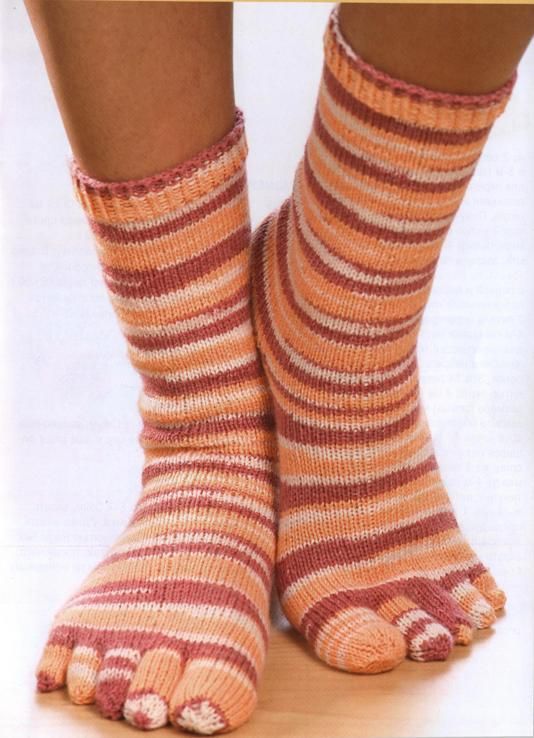 Socks can be of different lengths:
Socks can be of different lengths:
- ultra-short (not protruding from shoes; worn with moccasins, loafers, slip-ons and sports shoes);

- ankle-deep (most often sporty cut; they are worn with sneakers and other sports shoes);
- ankle-deep (classic; suitable for shoes, boots, and high shoes);
- to the knee and above (elongated; can be worn with any shoes, the main thing is not to go beyond the style).
Composition, seasonality
The composition of socks can be synthetic or natural.Synthetic products are suitable for sports. In everyday life, it is better to give preference to a pair made of natural materials:
- Cotton, a combination of cotton and linen – suitable for daily wear, your feet will not swell in them, they will be dry and without an unpleasant odor. The downside is that the products do not hold their shape and will stretch and wrinkle.
- Cotton with added lycra or elastane – with a small percentage of synthetic threads, the product will combine the advantages of natural fabrics and at the same time keep its shape and return to its original position after stretching.
- Silk added to cotton will give extra strength to the socks.
- Synthetic fibers: lycra (elastane, spandex), polyamide, PAN. They give fabrics elasticity, wear resistance and other useful properties. However, pure synthetics are not intended for everyday wear.
- Bamboo – optimal for summer socks. It has antimicrobial properties, preventing the proliferation of microorganisms and the formation of an unpleasant odor.
- Modal is a natural wood fiber. The products are soft and comfortable.
- Wool - a solution for winter. Wool socks are not only warm, they are soft and wick moisture away, keeping your feet dry.
- A combination of various natural materials with the addition of artificial ones is also widely used. With the right combination, you get truly comfortable, beautiful and durable products.

Reference! Swiss Protection Socks produces the most reliable socks in the world. They are composed of polyester, cotton, polyurethane fibers and 50% Kevlar, a material used in the manufacture of body armor.
Depending on the composition and design, there are winter (warm), summer (thin) and off-season socks.
Reference! For particularly severe frosts, Gerbing's makes heated socks. The thermal insert is battery powered.


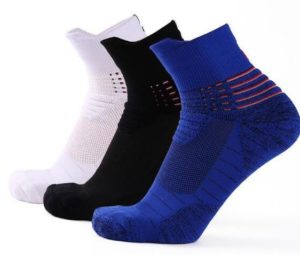
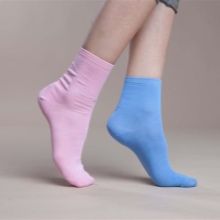
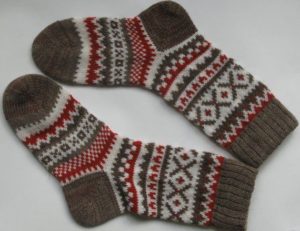
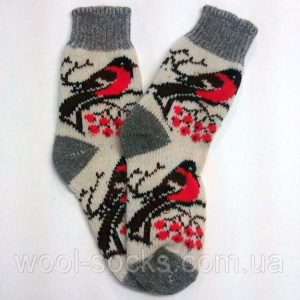
 0
0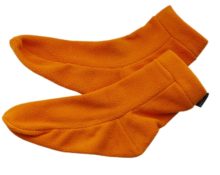

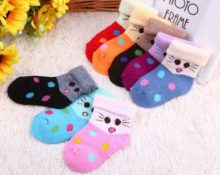
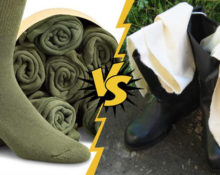



What is grade A